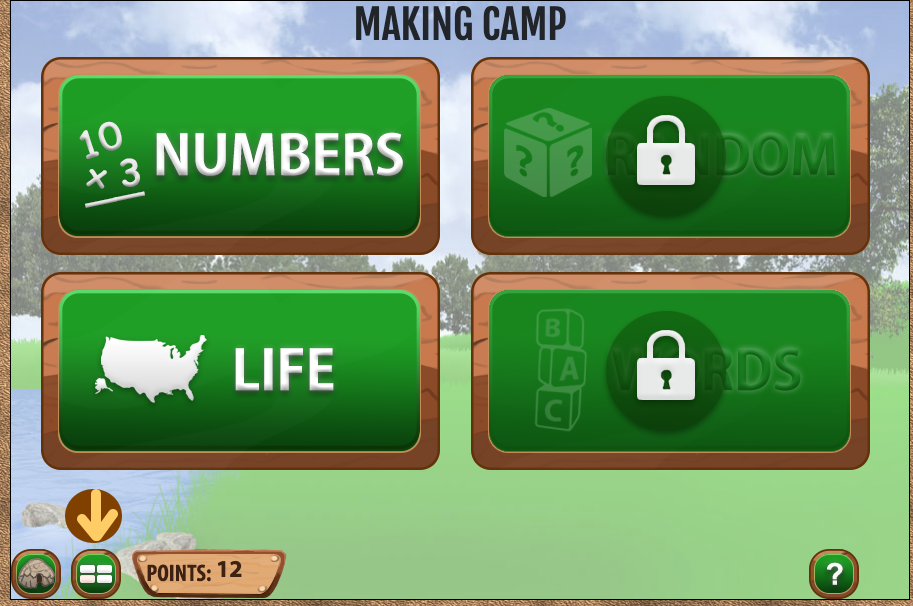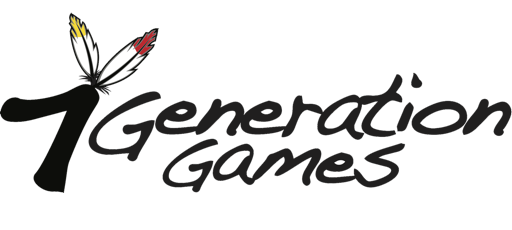Our previous five-minute lesson integrated math and history. Today, with lesson 4, we’re focused on Ojibwe culture. Never fear, we’ll get back to multiplication and division very soon.
STANDARD TAUGHT
NCSS The study of people, places, and environments enables us to understand the relationship between human populations and the physical world.
Students learn where people and places are located and why they are there. They study the causes, patterns and effects of human settlement and migration, learn of the roles of different kinds of population centers in a society, and investigate the impact of human activities on the environment.
Why we refer to “Ojibwe” culture
A wise woman I follow on twitter, Megan Red Shirt-Shaw urged educators to recognize that many different indigenous nations exist in the U.S. and that if we are talking about specific people we should use their specific nation’s name, rather than the generic “Native American”.
This lesson assumes you have been following along since lesson 1 and have already downloaded Making Camp. It’s free. You can get it here.
Five minutes on Ojibwe culture

- Go to the choices page by clicking the boxes icon in the bottom left of the screen.
- Select the LIFE button from the main choice screen.
- From the LIFE choices, click on the box in the middle of the bottom row, the one with all the people, and watch the video on social structure. Answer the questions after the video.
- Next, select the box on the bottom right. Watch the video on clans and totems. Answer the questions.
- Go back to the wigwam and trade with the points you earned in this lesson.



Pingback: Lesson: Multiplication and Red River Carts - Educational Resources for Grades 3-8
Pingback: Making Camp: Ojibwe Hunting and Multiplication - Educational Resources for Grades 3-8